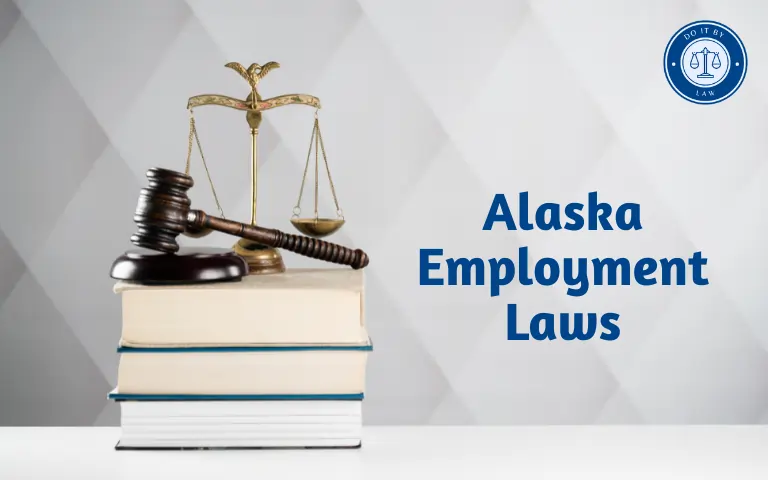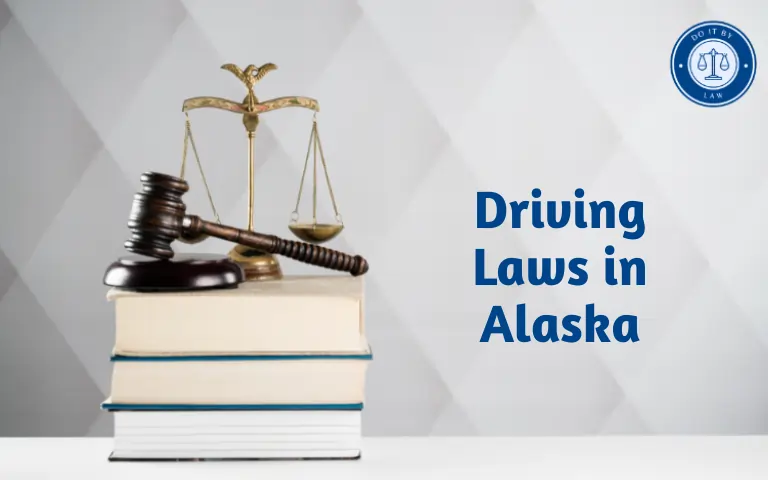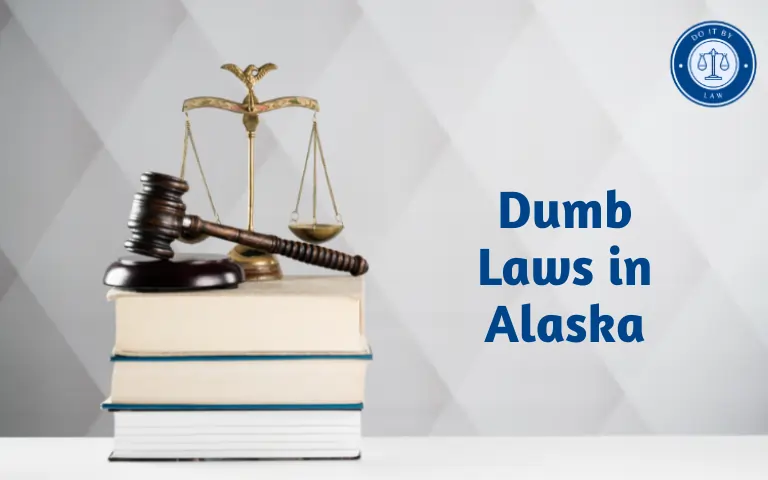Alaska Employment Laws: What do you need to know
Alaska States labor regulations shape hiring processes, wages, benefits, safety policies, and more for workers across the state. Both employees and employers need fluency in navigating the complex framework. This guide summarizes key aspects of Alaska employment laws as of December 2023.
When Were Alaska Employment Laws Enacted and Why?
Territorial codes in the early 1900s first formalized wage protections, safety mandates, and hiring standards in Alaska. Upon 1959 statehood, policymakers expanded worker protections considerably with the new constitution’s emphasis on equality and resident wellbeing aims.
Key motivations driving development include:
- Addressing remote nature and seasonal volatility hampering stable employer-employee relations.
- Providing worker protections given Alaska’s concentrated industries like fishing, mining, timber, and tourism vulnerable to exploitation.
- Boosting pay adequacy given high cost-of-living and isolation challenges.
- Encouraging stable long-term residency and workforce continuity is needed economically.
Rules continue evolving balancing employer development costs against claims of insufficient workplace dignity, equity, and economic security.
Who Do Alaska Employment Laws Apply To?
Alaska work regulations govern:
- All public and private employers operating within the state regarding hiring protocols, workplace policies, and staff treatment standards – excluding strict federal jurisdiction like military contractors and tribal enterprises.
- Job seekers and current employees, both citizens and non-citizens alike, paid or unpaid. Scope even encompasses some volunteers at member-based non-profit organizations.
- State and local government agencies as regulators and policy enforcers also direct their personnel matters under the statutes.
- Labor unions hold special status, powers, and protections to collectively bargain contracts.
- Various landlords, creditors, insurers, and others indirectly when workplace disputes arise over retaliations, benefits administration, or safety incidents.
Independent contractors and the self-employed earn exemptions from most requirements, but tests assessing legitimate classification status apply to prevent abuse. Employees working mainly outside Alaska earn only limited protections on certain fronts.
Key Provisions, Requirements, and Restrictions
Wages
- $10.50 minimum hourly wage – rising annually toward a $15 target based on municipal schedule compliance.
- 1.5x regular rate minimum overtime pay for over 8 hours daily or 40 hours weekly. Double-time mandates also sometimes apply.
- No tip credits are permitted toward base wages, unlike many states.
- Meal break waivers must pay a 1.5x rate minimum for no or short respite periods.
- Wage theft penalties include treble (triple) damages.
- Regular pay schedule requirements avoid lengthy check delays.
Leave
- Earn a minimum of 1 hour of paid sick leave per 30 hours worked up to employer caps.
- No state family/medical program but federal rules cover larger staffs.
Breaks
- Paid 10-minute rest break per 4 hours worked. Impracticality waivers are available for some industries.
- 30-minute meal break around 5 hours required – unpaid status ok but strict duties prohibited.
Hiring
- Ban-the-box law limits criminal record screening until conditional offers are extended.
Harassment
- Clear anti-harassment/discrimination protections for protected class membership. Victims enjoy strong retaliation protections if complaints arise.
Safety
- Extensive worker’s compensation system with some unique twists on dispute resolution and family inclusion.
- Safety committee mandates at larger job sites enhance hazard checks and incident response preparedness.
- Various high-risk sectors have tailored regulations like construction contractor licensing models aimed to curb corner-cutting risks.
Refer to official statutes and agency sites for all nuances on compliant operations.
What Are the Penalties for Violating Alaska Employment Laws?
Employers violating Alaska work regulations risk:
- Civil Fines: State regulators assess administrative penalties up to $100,000 for willful or extremely negligent statutory violations regarding pay, leave, hiring biases, and safety failures.
- Litigation Awards: Class actions remain common against employers failing wages or breaking duties in particular. Alaska laws enable strong individual employee civil claims for contract breaches, leave refusals or retaliation firings seeking back pay, reinstatement, and sometimes sizable pain and suffering damages too.
- Criminal Charges: Rogue employers ignoring stop work orders or willfully enabling safety hazards at risk of physical worker injuries may trigger rare criminal negligence cases too if administrative interventions fail.
- License Restrictions: Certain state-sanctioned contractor, transport, or liquor establishment work categories can face licensing suspensions if labor violations pile up unchecked.
Avoiding compliance via corporate restructurings or asset shells also difficult lately with strengthened regulations piercing veils and mandating successorships in such scenarios.
Recent Changes and Proposed Updates to Alaska Employment Laws
Alaska enacted multiple employer-impacting legislation in 2022 including:
- Non-disclosure agreement restrictions improving workplace harassment transparency.
- Hairstyle anti-discrimination protections.
- Doubling minimum leave amounts for smaller staff employers.
2023 session bills propose:
- Expanding overtime eligibility by lowering the high-earner salary threshold.
- Adding predictive schedule mandates on advanced notice for shift assignments.
- Curbing the practice of hiring permanent temps and part-time staff lacking benefits by closing statutory loopholes.
But industry lobbyists continue pushing back hard citing economic harm threats from compounding mandates outpacing other states that maintain far more modest worker protections by comparison.
Controversies, Debates and Challenges Around Alaska Employment Law
Alaska grapples with disputes balancing worker dignity aims and business flexibility including:
- Staffing Shortages: Post-pandemic hiring struggles continue plaguing industries citing overly demanding requirements that prove burdensome for compliance and eat profits needed for attracting workers with better pay and conditions instead.
- Cost Pressures: Small business advocates in particular protest steadily rising minimum wages and benefit mandates that lag economic trends unable to support jumps sworn in before macro conditions declined.
- Federal Roadblocks: Plaintiff attorney battles with management-side defense lawyers play out over the exact reach versus state exemptions on issues like marijuana usage policies and tribal enterprise sovereignty where federal contracts or carve-outs may restrain certain worker protections.
- Inconsistent Enforcement: Understaffed state workforce agencies struggle evenly policing violations and resolving administrative actions timely enough to incent broader deterrence effects before damages escalate for victims lacking responsive avenues.
Contention will persist balancing robust worker protections against flexbility sought by struggling enterprises. But Alaskan residents generally demand higher standards from employers than most US states exhibit.
Key Takeaways on Alaska Employment Laws
In summary, remember Alaska workers enjoy substantial rights and employer responsibilities exceeding federal baselines across areas like minimum pay, leave accrual, anti-discrimination protections, safety oversight and more. But coverage gaps and bureaucracy frustrations remain needing modernization. Understanding core laws protects resident jobs supporting distinctive Alaskan livelihoods.







